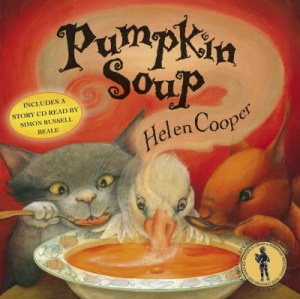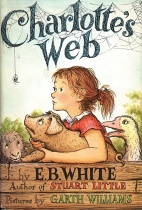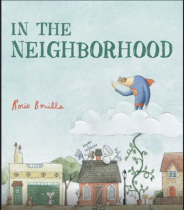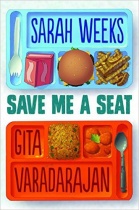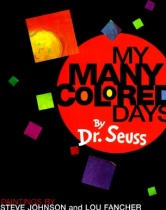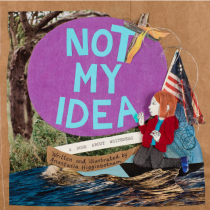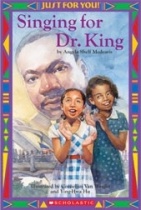Evaluation
I think this picture book is excellent for the fall season. The illustrations are both mystical and beautiful. I love the combination of warm, earthy colors mixed with the vibrant greens and blues of the forest outside. Another thing I noticed while looking through the illustrations was the tinier illustrations located near the text. On the first page there is a large illustration with the duck and the salt, the squirrel stirring the soup and the cat slicing the pumpkin. However, around the text there are smaller illustrations that break that larger picture down into smaller steps. Sometimes these smaller pictures are speech bubbles related to what the characters are thinking and sometimes they are smaller actions that result in the larger illustration. These smaller illustrations really contribute to the movement on the page. One of my favorite pages is when the squirrel and the cat are patiently waiting for the duck to come back home and the illustrations circle around the page as if they are traveling around a clock.
This story is a perfect story to teach younger children conflict resolution. It is filled with multiple emotions. In the beginning, we learn about anger and how anger can lead to fighting and hurt feelings. When the duck leaves his two friends, the cat and the squirrel begin to cry and decide to go look for him to make him feel better. Another smaller lesson that occurs in this story is the lesson of listening and learning. The Duck wants to learn how to mix the soup and his friends won’t let him. The fight wouldn’t have happened in the first place if they had worked as a team and helped each other learn a new job when making the pumpkin soup. Cooperation is the key to a good friendship and so is communication.
There are multiple ways in which this book can be used within the classroom. Perhaps you have been working on conflict management in your classroom as part of the School Wide Positive Behavior Plan. If this is the case, then you may decide stop the book after the Duck leaves and divide your students into groups. Each group could come up with a list of at least two or three different ways the friends should have handled the situation. After reading this book you may decide to create a list of conflict management techniques on a poster board to hang in your classroom. You may even create a couple of scenarios for your students to act out in front of the class. It is important that when you are teaching conflict resolution you use skill building techniques. You may decide to go step by step and solve the first scenario together as a class and then have them break off into groups. It is important for the teacher to explain why conflict management is so important. This book may be paired with other books on conflict resolution, friendship, etc.
